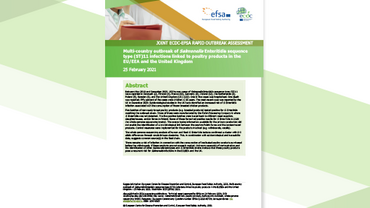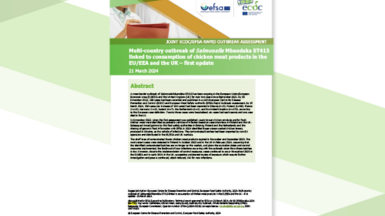Risk assessment on change of testing requirements for partner donation of reproductive cells
In May 2011, the European Commission asked ECDC to estimate the change in total exposure risk to hepatitis B (HBV), hepatitis C (HCV) and human immunodeficiency virus (HIV) during reproductive cell handling and storage for secondary parties, if the current scheme of testing at each cell donation would change to testing partner donors of reproductive cells once or twice a year.
Based on initial findings, ECDC developed a model for the estimation of the residual risk of infection using data supplied by the European Society of Human Reproduction and Embryology.
Executive summary
Based on initial findings, ECDC developed a model for the estimation of the residual risk of infection using data supplied by the European Society of Human Reproduction and Embryology. Residual risks under the different testing procedures were compared in order to estimate the possible change in risk.
The ECDC risk assessment concludes that the estimated residual risks of an HIV, HBV or HCV infection being transmitted by undetected infection of reproductive cells donated for medically assisted reproduction was found to be relatively small, but not insignificant. If donors were tested at entry and then only every 24 months, an additional 0.5 (HIV), two (hepatitis B) and nine (hepatitis C) cases would be missed for each one million person years. If donors were tested every 12 months, the increases would be even smaller, thereby not constituting a significant increase in residual risk.







